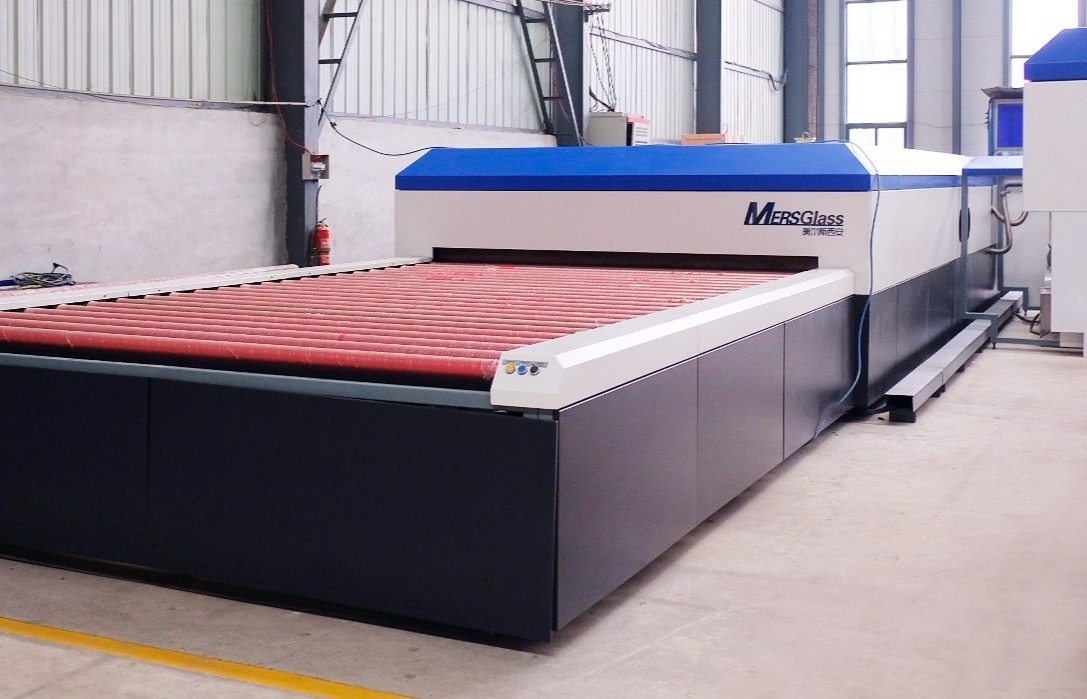Glass Lamination Machine

# Glass Lamination Machine: The Ultimate Guide to Safety and Efficiency
## What Is a Glass Lamination Machine?
A glass lamination machine is a specialized piece of equipment designed to bond multiple layers of glass together using heat, pressure, and interlayers (typically PVB or EVA films). This process creates laminated glass, which is widely used in automotive windshields, architectural applications, and safety glass products.
## How Does a Glass Lamination Machine Work?
The glass lamination process involves several key steps:
1. **Preparation**: Glass sheets are cleaned and inspected for defects
2. **Interlayer Placement**: A PVB or EVA film is placed between glass layers
3. **Pre-pressing**: Initial bonding occurs under moderate heat and vacuum pressure
4. **Autoclaving**: Final bonding happens in a high-pressure, high-temperature autoclave
5. **Cooling**: The laminated glass is gradually cooled to room temperature
## Types of Glass Lamination Machines
### 1. Autoclave Lamination Machines
These are the most common type, using high pressure (10-15 bar) and temperature (120-150°C) to create permanent bonds.
### 2. Non-autoclave Lamination Machines
These systems use alternative methods like vacuum bagging or oven curing, suitable for smaller operations.
### 3. Roller Lamination Machines
Continuous processing systems that laminate glass sheets as they pass through heated rollers.
## Key Features of Modern Glass Lamination Machines
* **Precise Temperature Control**: Digital systems maintain optimal bonding temperatures
* **Automated Pressure Regulation**: Ensures consistent bonding quality
* **Safety Systems**: Emergency stops, pressure relief valves, and temperature safeguards
* **Energy Efficiency**: Modern designs reduce power consumption
* **User-friendly Interfaces**: Touchscreen controls for easy operation
## Applications of Laminated Glass
The products from glass lamination machines serve numerous industries:
* **Automotive**: Windshields and side windows
* **Construction**: Skylights, facades, and safety glass
* **Security**: Bullet-resistant and blast-resistant glass
* **Solar Energy**: Photovoltaic module encapsulation
* **Decorative**: Colored and patterned architectural glass
## Choosing the Right Glass Lamination Machine
Consider these factors when selecting equipment:
* **Production Capacity**: Match machine size to your output needs
* **Glass Thickness Range**: Ensure compatibility with your product specifications
* **Energy Requirements**: Evaluate operating costs
* **Maintenance Needs**: Consider service availability and spare parts
* **Safety Certifications**: Look for CE, UL, or other relevant certifications
## Maintenance Tips for Longevity
Proper care extends your machine’s lifespan:
* Regular cleaning of heating elements and pressure systems
* Scheduled inspection of seals and gaskets
* Calibration of temperature and pressure sensors
* Lubrication of moving parts as recommended
* Professional servicing at manufacturer-specified intervals
## The Future of Glass Lamination Technology
Keyword: glass laminationn machine
Emerging trends include:
* **Smart Glass Integration**: Laminating electrochromic or PDLC films
* **Improved Energy Efficiency**: Reduced power consumption designs
* **IoT Connectivity**: Remote monitoring and predictive maintenance
* **Advanced Materials**: New interlayer formulations for enhanced performance
* **Automation**: Increased robotic handling and AI quality control
Glass lamination machines continue to evolve, offering manufacturers greater precision, efficiency, and versatility in producing this essential safety material.

